Table of contents
Learn more about African rituals and traditions!
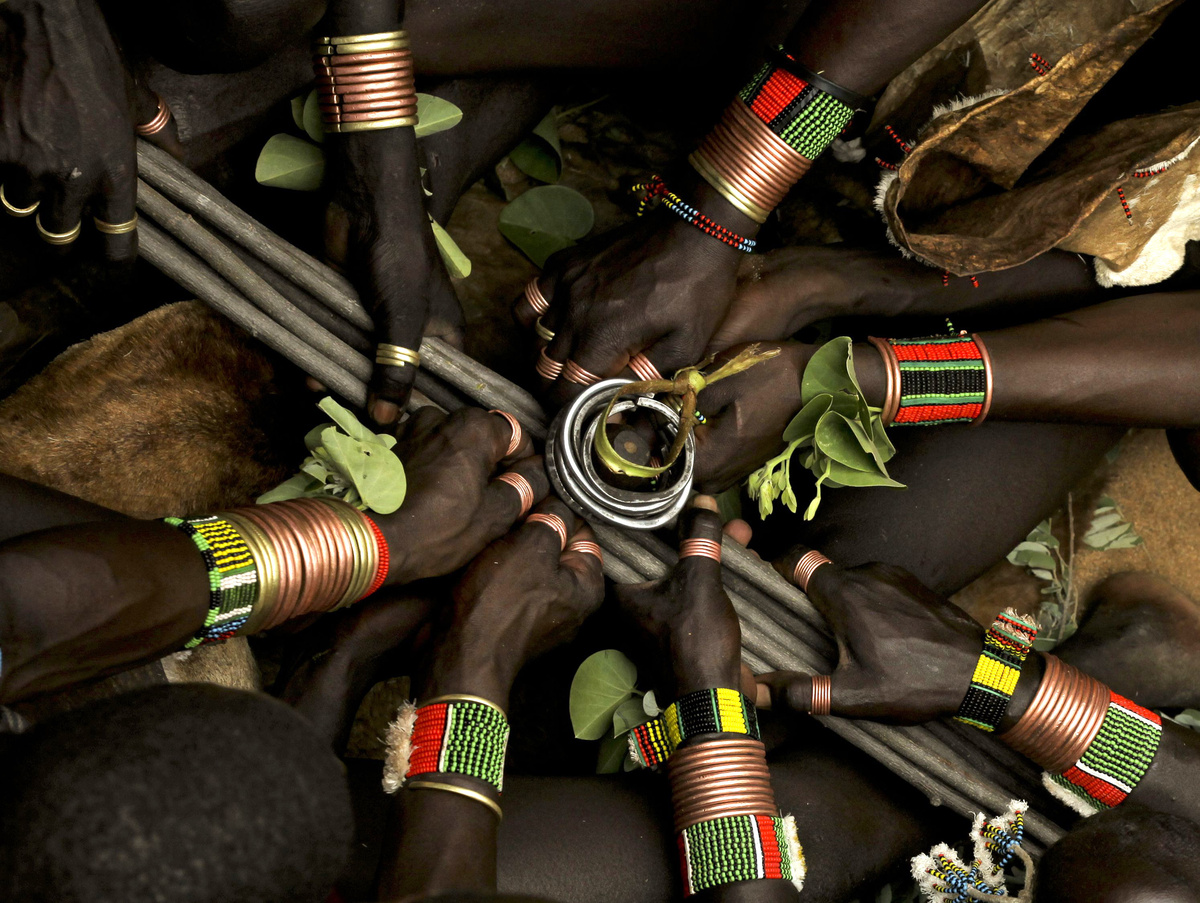
African culture and rituals have numerous forms of diversity, being very rich in intangible heritage, formed by the great ethnic diversification, as influenced by the coming of people from the Middle East and Europe. This diversity was formed during the history of Africans in their relationship with these people.
Due to the large migratory movement, together with the European colonization and the existing ethnic diversity in the African interior, a mixture of cultures was created in the country. Thus, in the various regions of the continent there is a great variety of religions and languages, thus characterizing a plural culture.
In this article you will find information that will show the richness of the African rituals and the culture of this people, you will understand these rituals, the main characteristics of the rituals and culture, some of these rituals and their influence in Brazil.
Understanding more about African rituals
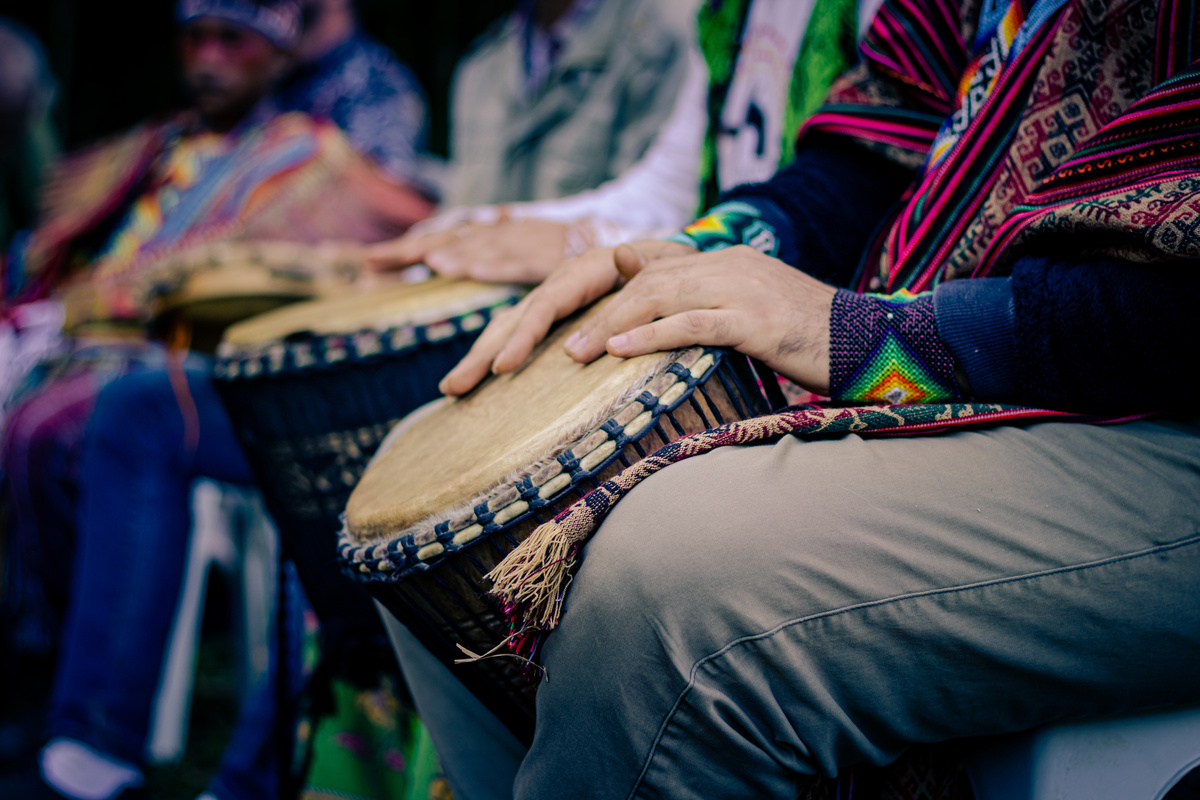
Africa is a continent with vast territory, so there is a lot of diversity, even determined between the northern region, Saharan Africa and southern region Sub-Saharan Africa. Each of these regions has its own diversity of African cultures and rituals.
In this section of the text, you will find various information about these rituals, their history, how they work and their utility, their variety throughout the continent and how they arrived in Brazil.
Story about these rituals
African culture and rituals went through a process of great destruction, during the periods of colonization. This led to a collision between African countries and Arab nationalism and European imperialism.
In this way, it was possible to keep many traditional cultures preserved, which ended up being taken to various parts of Africa, mainly as a consequence of the migratory process across the continent. Thus, it was possible to keep alive African cultures and rituals, besides creating a coalition between various characteristics of African peoples.
What are rituals for and how do they work?
Many African rituals are linked to traditional African religions, which are formed by spiritual leaders and some types of priests. They play a very important role in preserving the spirituality and religiosity of the community. Some of these representatives have the responsibility of performing healing and divination, it is like a form of counseling, compared to theshamanic rituals.
These representatives of African rituals are usually appointed by ancestors or gods. These people are trained in a rigorous manner, assimilating the necessary skills. These learnings include knowledge about herbs used in healing processes, in addition to other mystical skills.
Are the rituals the same in all regions of Africa?
Because it is a continent with a very large territory, it is divided into two territorial bands, being to the north Saharan Africa and to the south Sub-Saharan Africa. Along these regions the African rituals end up creating their own characteristics, presenting a great diversity.
The northern part of Africa during its history received the influence of various peoples such as the Phoenicians, Arabs, Greeks, Turks, Romans and the Far East, which brought unique characteristics to the rituals of this area. The southern part of the continent was influenced by peoples like Bantos, Jeje and Nagô, thus having rituals with different characteristics.
Arrival of African rituals in Brazil
With the trafficking of Africans to Brazilian lands, in order to enslave them to work in the lands of the Portuguese colonizers, African rituals ended up being adopted in the country. Even the Catholic Church tried to prevent the slaves from practicing and spreading their culture, forcing them to adhere to Christianity, tradition was stronger.
The enslaved Africans performed their rituals on dates that were used for Catholic celebrations, making mobilizations and festivities. Even when some accepted to participate in Christian celebrations, they did not cease to have their faith in voduns, orixás and traditional divinities of their land.
And so, participation in the two forms of religion ended up bringing new cults, with African, Christian and indigenous characteristics. In this way, African rituals were perpetuated, received new influences and spread throughout Brazil, and resist to this day.
Main characteristics of African culture
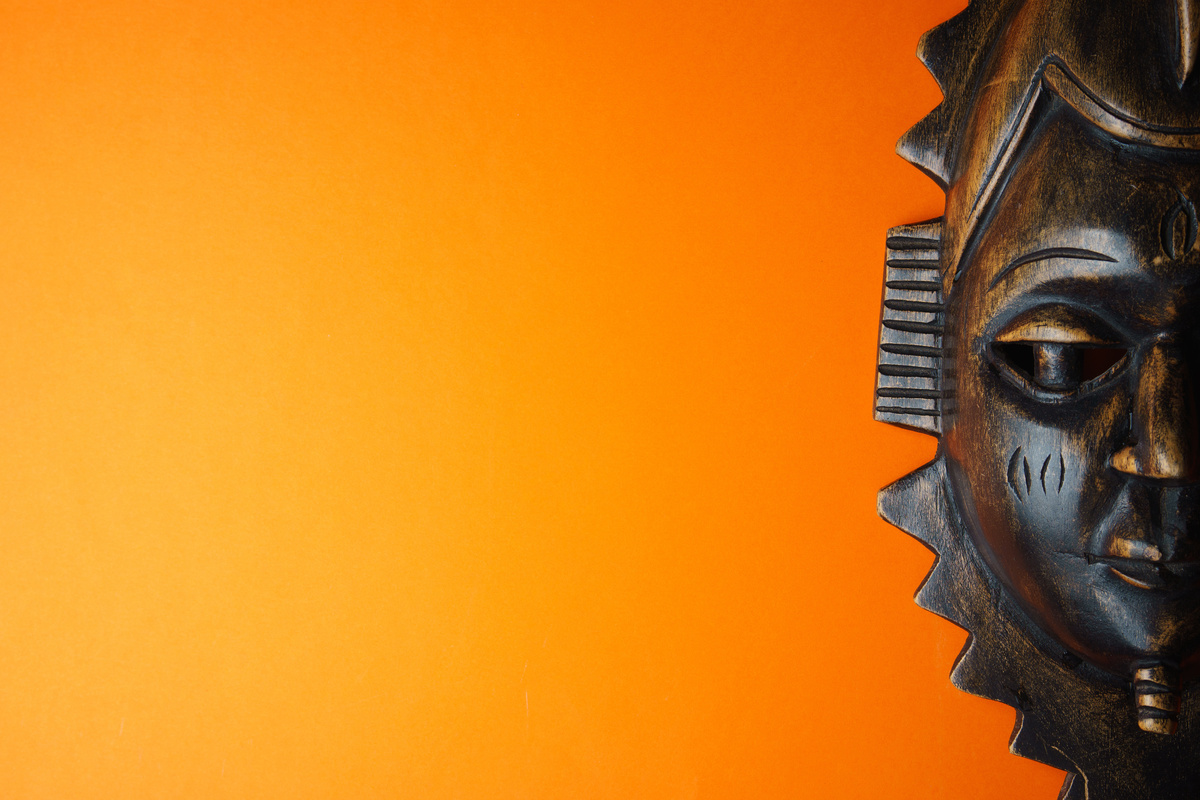
African traditional cultures and rituals have very diverse characteristics, both because they receive influences from foreign peoples in their continent. Thus, this is a rich culture and has a lot of diversity.
In this section of the article, we will talk about some of the most striking characteristics of African culture such as, its general aspects, the form of political organization, its religions, its cuisine, its art forms and its ritual dances.
General aspects
The African culture known today was transmitted from generation to generation, through storytelling known by traditional peoples. Although they already knew writing, it was also an African tradition to record through orality, or storytelling.
Another traditional feature existing in Africa was the organization of the population into tribes, which had political chiefs. These tribes lived by the practice of agriculture, hunting and fishing, and performed African rituals among themselves. These organizations of the population could be nomadic or have a fixed dwelling.
Political organisation
The traditional African culture made its people organize themselves politically in fixed dwellings, using a territory to form large empires, or as nomads who traveled across the desert. There was the possibility of organizing themselves into small tribes, or into larger kingdoms, where the same person could be the ruler and religious master.
Independent of the type of governance these people had, either by clans with good lineage, or by certain social classes, what matters is that they created an enormous immaterial and material heritage, which lives until today.
Religions
Among the inhabitants of the northern region of the African continent it is necessary to highlight their customs related to Islamic traditions. Thus, it is common, especially in Morocco and Egypt, for Muslim women to wear veils. As well as the implementation of patriarchy as a family model.
However, in the south of the continent a much more diverse and extensive culture prevails. Thus, in some areas of South Africa, there is a majority Christian culture, while other places, mainly in the interior, such as Congo, Kenya, Mozambique, Sierra Leone and Somalia, practice polytheistic religions.
Cooking
On this continent, besides the African rituals, something quite peculiar is also the unique cuisine existing in each country. But regardless of the type, the way of cooking of these people is quite unique and exquisite. Not only in Africa, but in all countries of the world, the cuisine is the primary point to know in depth their culture.
The richness of the food of each region, the influence of the country that colonized the area, the traditions and the way of preparing them, show peculiarities that make perceptible the mark left by a people and their traditions and rituals.
Arts
As in the African cuisine and rituals, there is also a lot of diversity in the arts, mainly linked to religious beliefs. These characteristics are present in objects such as braided ropes, statues and masks that are elaborated by sculptors and artists in wood, stone or even fabric.
These art objects are the representation of deities and also of artifacts used in daily African work and rituals. The meaning of these works have different representations for each tribe, demonstrating the divine, the mundane or cultural activities such as power struggles and harvesting.
Dance
The dances are also part of African rituals, and the characteristics of this rich culture, their dances have many traces of their ethnicity. Some of these dances are capoeira, which is also known as a martial art, afoxé and also coco and maracatu.
The art of dance originated from the African people has many characteristics related to their religions. They are widely used to commemorate cults and traditions, and also as a way to please and attract good spirits, as well as being a tool to ward off evil spirits.
Main characteristics of African rituals
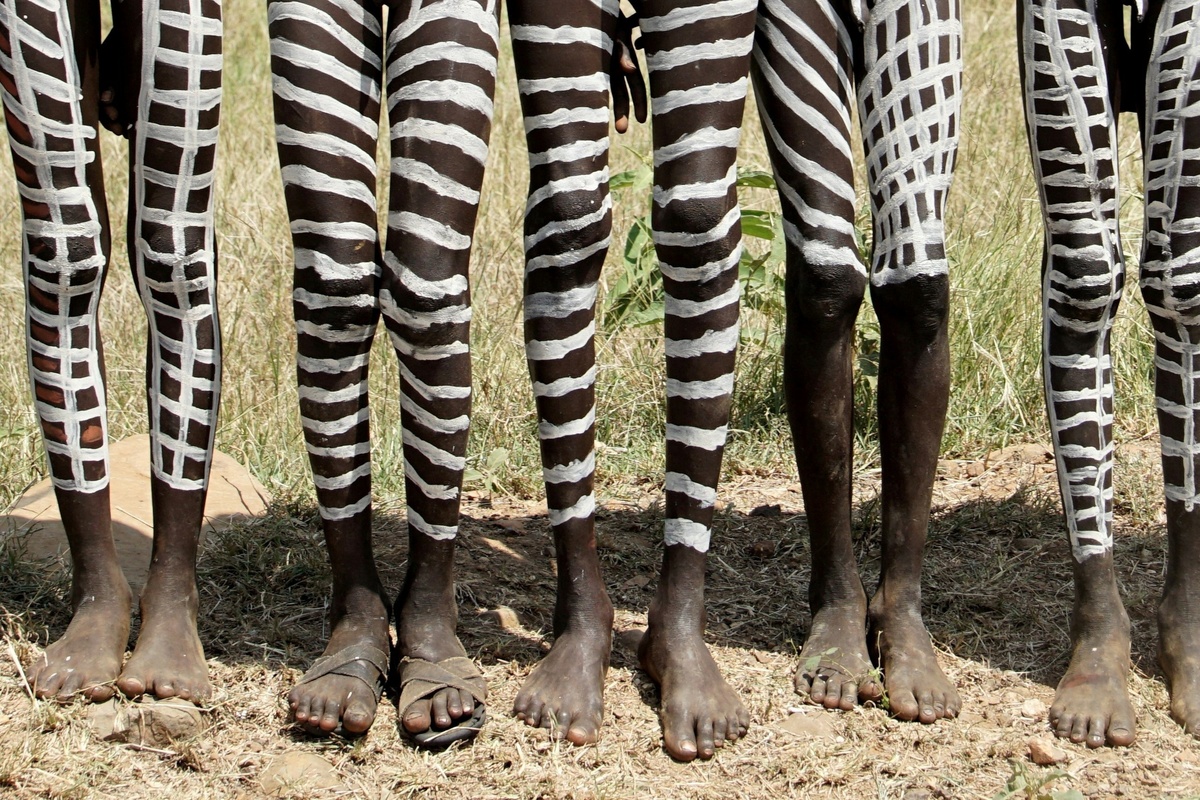
Among the characteristics of African rituals are the influence of colonizing peoples, religions and the way of life of traditional peoples. These characteristics are fundamental in determining how the culture of a nation will be.
Below, learn a little more about the African rituals focused on dance and musical instruments, games and competitions, their vision of the environment and nature, the sacrifices and traditional mutilations practiced and their typical foods.
Dance and musical instruments
There is a great connection between dance, musical instruments and African rituals, below learn about some of the traditional instruments of this people:
- A percussion instrument, the Atabaque is made of wood and animal skin and played with the hands. Widely used in samba, axé, capoeira and maracatu;
- Originated from Angola, the Berimbau is an instrument made with an arme, a gourd box and a wooden bow and played with a stick. Commonly used in capoeira:
- An instrument made of metal, the Agogô has two bell mouths (bell mouth without the pendulum) joined in stems, played with a wooden or metal drumstick:
- This instrument is made with a gourd, surrounded by a net of lines with seeds, the Afoxé, when moved, the seeds produce a sound similar to a rattle.
Games and competitions
There are countless games, games and competitions that have always been used by children in various regions of the world and which arose from African culture and rituals. Below learn about two of these traditions and find out if you have participated in any of them.
Burnt Beans
Game in which the children are in line holding hands, after singing the verses below, the game begins. In it, the first in line, the "boss" pulls the line, passing under the hands held by the third of the other end of the line, and so, the penultimate will be with arms braided, therefore, arrested.
Bungee Jumping
This game is performed between 3 children, two of them put an elastic tied forming a circle around their legs. The third child should jump the elastic, which initially is at the height of the ankles, and that each jump, is raised higher.
Nature and environment
Both religions and African rituals are concerned with the environment and the preservation of nature. This is because traditional African cultures and beliefs have a strong connection with natural phenomena and the environment.
Thus, Africans believe that everything related to weather and nature such as thunder, rain, moon, sun can be controlled with the use of cosmology. And according to the African people believe that all these phenomena of nature can provide whatever is necessary for the daily lives of people.
Sacrifice and mutilations
African rituals also go through sacrifices and mutilations as a form of offering to the gods and rites of passage. Different religious beliefs in Africa pay their homage to their Gods with sacrifices, which can be of animals and also offering vegetables, prepared foods, flowers and more.
In addition, African beliefs also worship some rites to mark the transition of people's lives, especially adolescents who are coming to adulthood. In this rite of passage, mutilation of the female genitalia is performed. Today there are several movements that try to change this act, which despite tradition is extremely cruel and can lead adolescent girls to death.
Typical food
The typical foods are also part of African rituals, and are very elaborate and with unique flavors. Meet some of these dishes so unique:
- Made with tomato sauce, beans and vegetables, Chakalaka has its origins in the communities of South Africa;
- Also originating from South Africa, Malva Pudding, or mauve pudding, is quite cake-like, made with apricot jam and brown sugar;
- Well known in the culture of Africa, Bobotie originates from Cape Malay, it is a stew of ground meat with bread, milk, nuts, curry onions, raisins and apricots;
- Very symbolic in African cuisine, Yellow Rice, with a bittersweet flavor is made with saffron, which gives the yellow color;
- Similar to the well-known Brazilian bolinho de chuva, Koeksisters fried and passed in a syrup of sugar, lemon and spices;
- Very traditional on the coast of South Africa, KingKlip is a pink fish, served whole or in pieces, served with fries;
- A typical dish from East Africa, Uglai, also known as Sima or Posho in other regions, is a paste made with cornmeal mixed with water, served with cabbage in a salad or stew;
- Despite the name similar to the typical dish of northeastern Brazil, is totally different, is a semolina pasta steamed traditional North African;
- A milk pie with crispy pastry and creamy filling, it originated in South Africa, Melketert is inspired by a Dutch dessert;
- This dessert is made with cornstarch, sugar, ghee butter, cardamom powder and nutmeg, Xalwo is traditional from Somalia;
- Usually served at breakfast, Kitcha fit-fit is a traditional Eritrean bread, combined with spiced butter and mixed with berbere, a red hot sauce.
Some curious African rituals
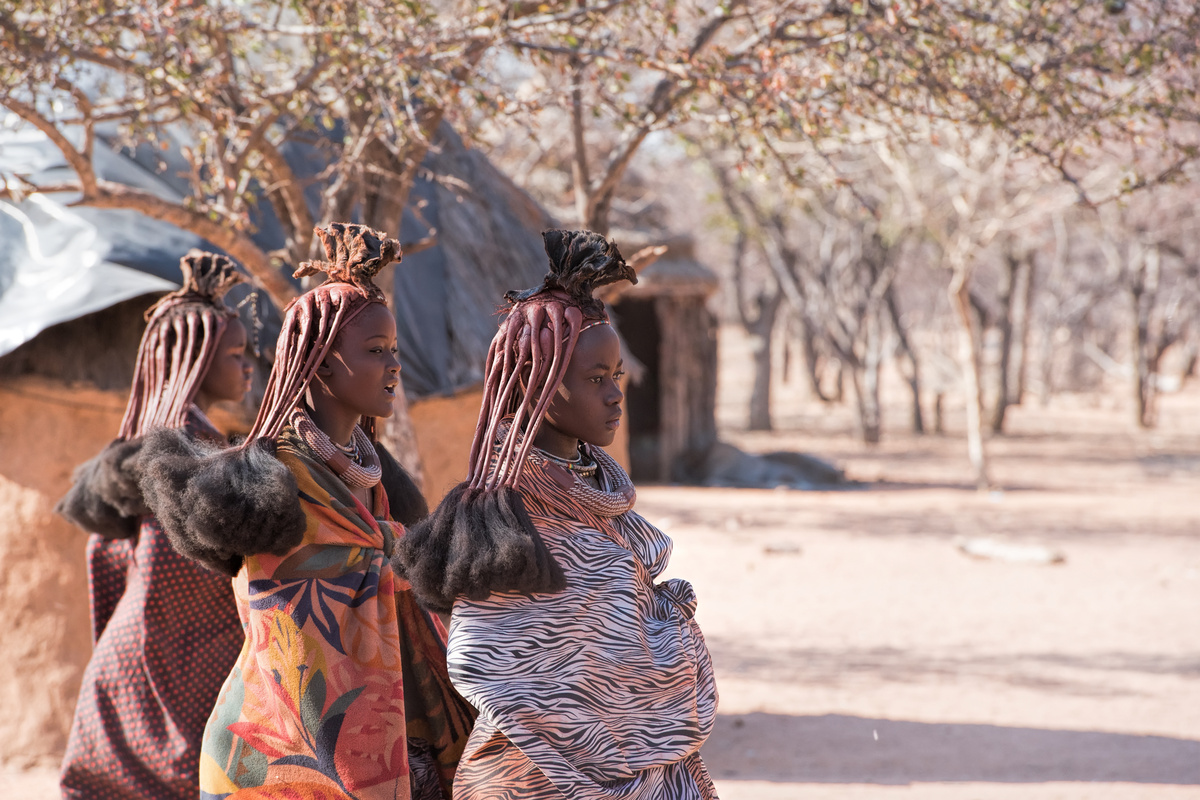
Among the African rituals there are some very curious, especially those that originate from traditional tribes. These are traditions that bring fascination for the knowledge of this culture so intriguing and full of colors, and that have existed for many years.
In this excerpt from the article, learn about some of these traditions such as, the Wodaabe courtship dance, lip plates, the bull jump, the red ochre, the Maasai spitting, the healing dance and a wedding ceremony, all coming from different tribes across the continent.
Wodaabe's courtship dance
This courtship dance of the Wodaabe of Niger is like the mating ritual seen among animals. The young men of the tribe, dressed in traditional dress and face-painting, begin a competition to win a young woman of marriageable age.
They stand in a line, dance and sing, trying to attract the attention of the judges, the girls who intend to get married. Since one point for evaluating beauty is linked to bright eyes and teeth, while dancing, the young men roll their eyes and show their teeth, as a sexual lure.
Mursi's lip plates
Lip plates made of ceramic or wood, is still a norm today in the Mursi tribe, located in Ethiopia. This is one of the few tribes that still preserve this tradition, which is based on placing this small plate on the lower lip of the women of the tribe.
This African ritual is performed when a tribe girl turns 15 or 16. Then, an older woman from the community makes a cut in the girl's lower lip and leaves it open with the help of a wooden plug for 3 months, until it heals. Although there is no obligation to perform the ritual, due to the influence of other adolescents, almost all of them end up accepting to put theplaque.
Hamar's bull jump
Originating from the Hamar tribe in Ethiopia, the bull jump is an African rite of passage, in which adolescents must walk on 15 bulls. To make the crossing more difficult, they pass dung, so that the bulls' backs are smoother.
If the teenager fails to complete the task, he must wait one year for a new attempt. If successful, he has the right to marry a girl chosen by his parents, form a family and have his own flock.
The red ochre of the Himba
Red ochre is a homemade paste and is part of a traditional African ritual of the Himba tribe in Namibia. Their natives are well known for having reddish hair and skin, which they achieve by using the mixture of butter, fat and red ochre, known as otjize.
Although they often say that this practice is performed as a way to protect themselves from the sun and insects, the natives reveal that this African ritual is done solely for aesthetic purposes. As if it were a make-up applied every morning.
The Maasai spat
The African ritual of spitting is traditional of the Maasai tribe, originally from Kenya and northern Tanzania. These people understand the act of spitting as a form of respect, blessing and greeting, so the spitting is used to say hello and goodbye to friends, to close a deal, and to wish good luck.
Therefore, when greeting each other, two people will spit on each other's hands before shaking hands. Newly born babies will be spit upon as a way of wishing for longevity and good luck. This also occurs at weddings, where the father spits on his daughter's forehead to bless the marriage.
The San healing dance
The San healing dance is a traditional African ritual of the San tribe, originally from Namibia, Botswana and Angola. This ritual dance is considered by this tribe as an act of sacred power, the healing dance is also known as trance dance.
This traditional African dance is performed around the fire, sometimes all night long, and is led by the traditional healers and elders of the tribe. During the dance the traditional healers sing and breathe quickly and deeply, until they reach a deep trance state, and are able to communicate with the spiritual plane. With this they are able to cure all kinds of diseases of thetribe.
Ndebele's wedding ceremony
One of the most beautiful African rituals, the Ndeble wedding ceremony, puts all its attention on the bride. The bride wears a costume made by the groom's mother called Jocolo, an apron made of goatskin, with embroidery of colored beads.
This traditional costume, the Jocolo, is worn by all women of the tribe during the wedding ceremony, it represents a mother surrounded by her children. In addition, this ritual is marked by a ceremony performed by the groom in honor of his wife.
African rituals are also part of Brazilians' daily lives!

The arrival of Africans to Brazil, who were brought to be enslaved to work on the farms, their traditions and rituals were included over the years in Brazilian culture. As an example of the influence of African rituals in Brazil we have words like moleque, some foods such as cornmeal, drinks such as cachaça and instruments such as berimbau and dances such as maracatu.
The African culture, as well as the indigenous culture, was extremely important for the creation of the culture known as Brazilian. Our cuisine, language, religions and music, received great influence from African culture and thus made the Brazilian people, a hospitable, hardworking and empathetic people, despite some exceptions.
In the article brought today, we have tried to bring as much information about this African culture and rituals, which are so rich and teach so much.

